There’s something truly enchanting about chili oil. A single drizzle can turn any dish into a fiery, flavorful masterpiece, sparking joy and excitement with every bite. It’s the secret ingredient that brings warmth and passion to your meals, creating unforgettable culinary experiences. Ready to fall in love with cooking all over again? This is my chili oil recipe.
I’ve been in love with spicy food since my teenage years. It started out with me having a friend over during the summer holiday and we were both coding all night. In the morning, we’d be starving, so we made tomato soup with lots of garlic and chili powder, going, “Oh my God, this is awesome.”
If you are just here for the recipe, you can press the button underneath to be automagically transported to the recipe:
Jump to Recipe Jump to VideoThe history of chili oil
Chili oil, believed to have originated in the Sichuan province of China, has a rich history deeply rooted in the region’s love for bold and spicy flavors. The use of chili peppers in Sichuan cuisine dates back to the late Ming Dynasty, around the 16th century, when these fiery ingredients were introduced from the Americas via trade routes.
The locals quickly embraced chili peppers, incorporating them into their culinary practices to create what we now know as chili oil. Traditionally used to enhance dishes with its distinctive heat and aroma, chili oil became a staple in Sichuan cuisine, known for its numbing spiciness and complex flavor profile.
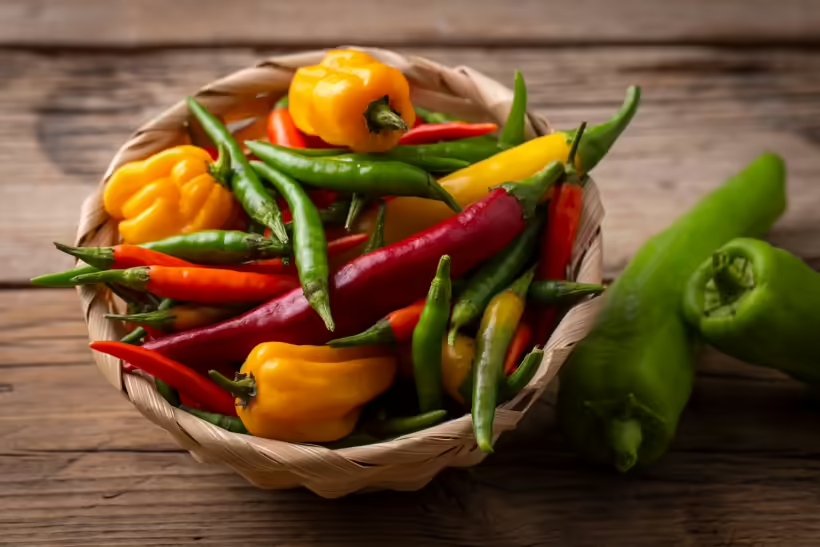
As trade and migration expanded, chili oil spread beyond Sichuan and into other parts of China, each region adding its own unique twist to the recipe. Neighboring countries such as Japan, Korea, and Thailand also adopted chili oil, integrating it into their own culinary traditions and creating variations that reflect their local tastes and ingredients.
In Japan, for example, chili oil evolved into “rayu,” often used as a dipping sauce for dumplings, while in Korea, it became an essential component of dishes like kimchi and bibimbap. I’m sure I am not the only one who loves gochujang.
CHILI OIL AROUND THE WORLD
The global fascination with Asian cuisine in the late 20th and early 21st centuries further propelled chili oil into international kitchens. Food enthusiasts and chefs worldwide began to explore and experiment with chili oil, appreciating its ability to add depth and excitement to a wide range of dishes.
Today, chili oil is celebrated worldwide, from the bustling street food markets of Southeast Asia to gourmet kitchens in the West, as a versatile and essential condiment. It continues to evolve, with new variations and uses emerging as it crosses cultural and geographical boundaries, solidifying its place as a beloved and indispensable element in global gastronomy.

Chef Martin’s chili oil recipe
My fiancé and I are really into chili oil. The chef who heads the canteen at work sells a very good homemade version, which we always use. Here comes the problem: He was about to go on vacation and had no ready-made chili oil, so Sola asked him for the recipe. Do you know what? He gave it to her.
So, that is the chili recipe I will share with you today. It’s really good, and you can tweak it however you want. Do you want it scorching hot? Add some Carolina Reaper. If you want it just a little spicy, go with some fresh jalapenos and some dried ancho. It’s all up to you. Make it yours.
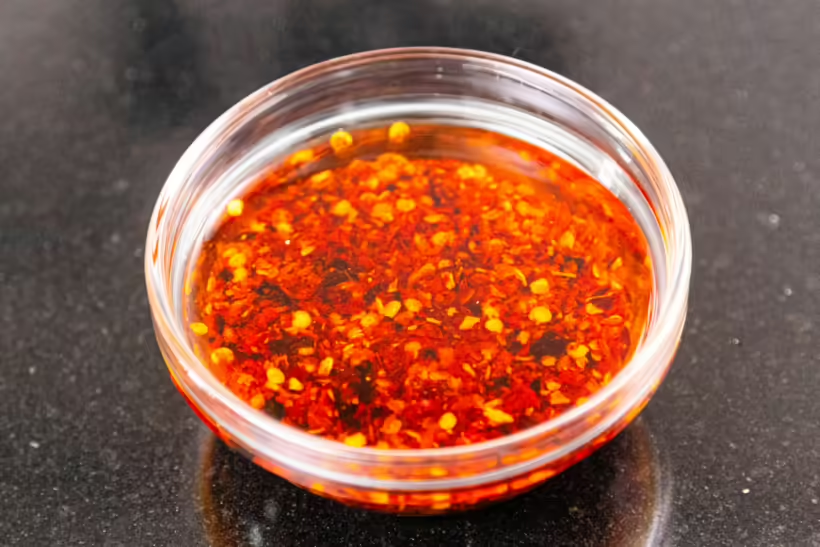
Food safety and chili oil
It is important to stay healthy, and if you worry about botulism and other food bourne illnesses, you should follow these things:
Steeping in citric acid
After making the garlic and fresh chili paste, steep it in a citric acid and water solution for 24 hours.
For 200 grams of solution, use:
- 200 grams of water
- 3 grams of citric acid
Mix until the citric acid is dissolved.
Heat the oil
Heat the oil to at least 60°C/140°F for 5 minutes. This ensures that any toxins made by spores are killed. This does not kill the spores themselves, though.
Kitchen hygiene
Wear gloves and have generally good kitchen hygiene. Wash your hands, wash your knives and cutting boards.
Store it in a cold fridge
Store the oil in the refrigerator. You should generally set it cold (below 3°C/37°F) to avoid bacteria and spores developing. When getting oil out of the container, use a clean spoon every time.
If you want to read more about safety in infused oils, read this publication from the University of Idaho.
Please show me how you use this chili oil recipe
Here are two examples of where your chili oil can shine: a simple soba noodle recipe with a hard-boiled egg, chili oil, and Chinese smashed cucumbers. Both are favorites of mine and just take a couple of minutes to make:
Sesame Soba Noodles w/ Chili Oil

- 225 g soba noodles
- chili oil, to taste
Rice vinegar mixture
- 4 tablespoons rice wine vinegar
- 2 tablespoons soy sauce
- 1 tablespoon sesame oil
- 1 tablespoon sugar
- 2 cloves garlic, pressed
- 1 teaspoon grated ginger
Garnish
- 2 green onions, thinly sliced
- 2 tablespoons chopped fresh coriander/cilantro leaves
- 1 teaspoon toasted sesame seeds
- 2 hard-boiled eggs, sliced lengthwise, for serving
- Cook the noodles according to the package instructions in a large pot of boiling water. Drain and rinse under cold water; set aside.
- In a small bowl, whisk together rice wine vinegar, soy sauce, sesame oil, sugar, garlic and ginger.
- In a large bowl, combine noodles, rice wine vinegar mixture, green onions, cilantro, and sesame seeds.
- Add a good helping of chili oil.
- Serve immediately, garnished with eggs.
Smashed Cucumber w/ chili oil
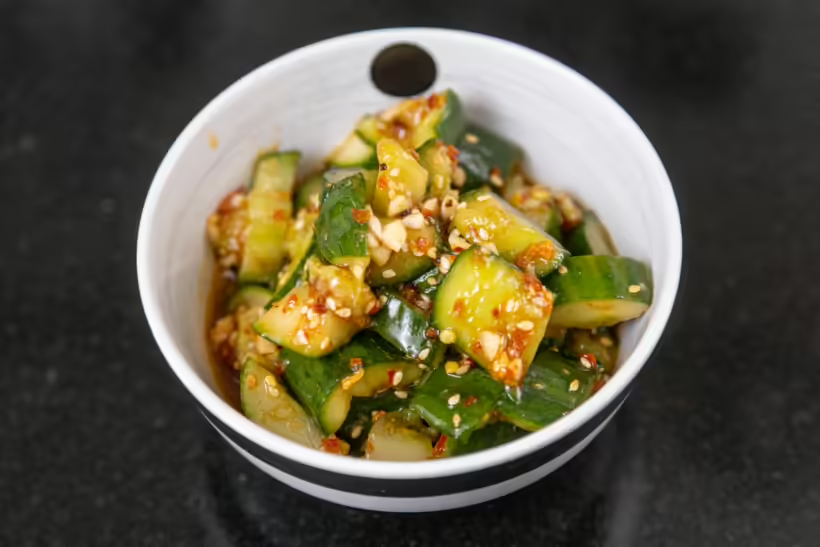
- 2 cucumbers
- 2-4 cloves garlic, finely chopped
- chili oil, to taste
Dressing
- 1 teaspoon salt
- 2½ teaspoons sugar
- 2 teaspoons sesame oil
- 3 teaspoons light soy sauce
- 1½ tablespoons rice vinegar
Garnish
- 2 teaspoons toasted sesame seeds
- a small handful of chopped cilantro
- Make the dressing by combining the salt, sugar, sesame oil, light soy sauce, and rice vinegar. Stir until the sugar and salt are completely dissolved. Set aside.
- On a cutting board, lay a large knife flat against the cucumber and smash it lightly with your other hand. The cucumber should crack open and smash into four sections. Repeat along its full length. Once the whole cucumber is completely open (usually into 4 long sectional pieces), cut it at a 45-degree angle into bite-sized pieces.
- In a large bowl, mix the cut cucumber with the prepared dressing, garlic, and chili oil. Toss well. Serve, garnished with sesame seeds and cilantro.
My top 12 ideas for your chili oil
- Enhance Stir-Fries: Stir-fry your favorite vegetables, meats, or tofu with a drizzle of chili oil for a spicy, aromatic boost.
- Dumpling Dip: Mix chili oil with soy sauce, vinegar, and a touch of sugar to create a delicious dipping sauce for dumplings, potstickers, or gyoza.
- Spice Up Soups: To infuse soups and broths, like pho, wonton soup, or hot and sour soup, with a spicy depth, add a spoonful of chili oil.
- Marinades: Use chili oil as a base for marinades for meats, seafood, or tofu. Combine it with soy sauce, garlic, and ginger for a flavorful kick.
- Salad Dressing: Whisk chili oil into your salad dressings to give a spicy twist to your greens. It pairs particularly well with Asian-style salads.
- Pizza Topper: Drizzle chili oil over pizza before serving to add a fiery touch to your slices.
- Eggs and Breakfast Dishes: A splash of chili oil can elevate scrambled eggs, omelets, or avocado toast, adding a deliciously spicy note.
- Grilled Meats and Vegetables: Brush chili oil onto grilled meats and vegetables for a smoky, spicy flavor. It’s perfect for kebabs and skewers.
- Tacos and Burritos: Drizzle chili oil over tacos, burritos, or quesadillas for an added layer of heat and flavor.
- Rice and Grain Bowls: Mix chili oil into rice, quinoa, or other grain bowls for a spicy, flavorful addition.
- Bruschetta and Crostini: For a spicy bruschetta, top toasted bread with tomatoes, garlic, and a drizzle of chili oil.
- Seafood: Chili oil enhances the flavor of grilled or roasted seafood, such as shrimp, scallops, or fish.
With these ideas, you can explore chili oil’s versatility and incorporate its bold flavors into various dishes. Enjoy experimenting and discovering your favorite ways to use this fiery condiment!
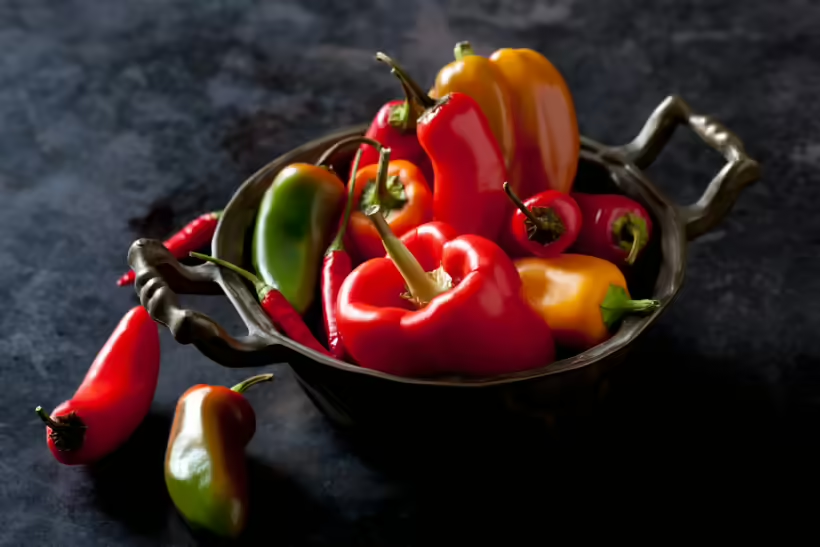
Conclusion of this chili oil recipe
And there you have it – a batch of delicious, homemade chili oil that’s as versatile as flavorful. This fiery condiment will become a staple in your kitchen, elevating your culinary creations to new heights. Drizzle it over your favorite dishes, from noodles and dumplings to stir-fries and soups, or use it as a marinade for meats and vegetables to infuse them with a tantalizing heat and rich aroma.
What makes this chili oil truly special is its adaptability. You can easily tweak the ingredients to suit your personal taste preferences, whether you like it extra spicy, slightly sweet, or bursting with garlic and other aromatics. Feel free to experiment with different types of chili peppers and spices to create your own unique blend. The possibilities are endless, and the results are always rewarding.
Best of all, this chili oil is incredibly easy to make. With just a few simple steps, you can create a condiment that brings a world of flavor to your doorstep. It’s a testament to how little effort can yield something extraordinary in the kitchen. So, embrace the adventure, enjoy the process, and savor the fiery goodness of your homemade chili oil. Happy cooking!
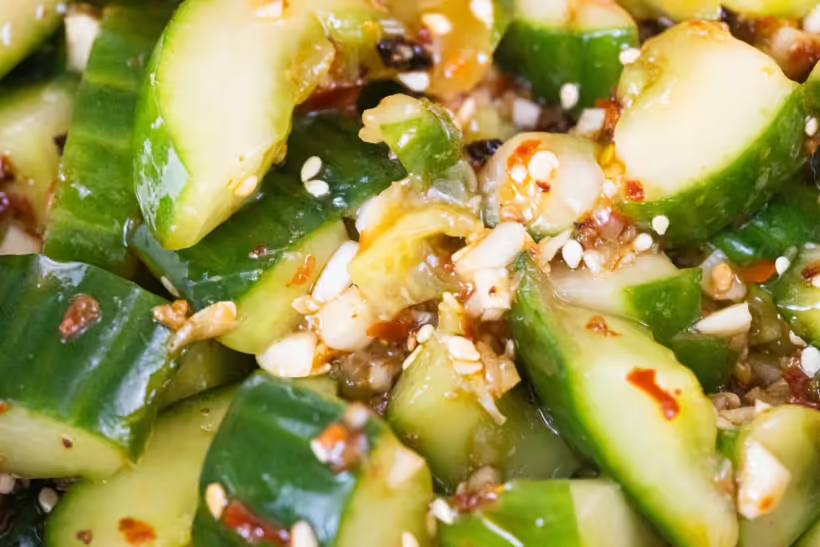
Please share this chili oil recipe on social media
This is my chili oil recipe. If you like the recipe, please consider sharing it with like-minded spicy lovers on social media.
If you make it and post it on Instagram, please tag me as @foodgeek.dk so I can see it. That would make me very happy.

Chef Martin’s Chili Oil
Ingredients
- chilies, fresh
- chilies, dried
- garlic, fresh
- oil neutral-tasting
- tomato paste
- cumin, ground
- coriander, ground
- salt
- sugar
Instructions
Make chili oil
- Blend garlic & fresh chilies with oil.
- Optionally brine the mixture in a 3% citric acid brine for 24 hours, strain, and continue.
- Add dried chili and more oil.
- Add ground cumin and coriander, salt, & sugar.
- Add tomato paste and mix slowly until well mixed.
- Optionally heat the oil to 60°C/140°F for at least 5 minutes.
- Always ensure the mix is submerged in oil (prevents mold)
- Store in an airtight container. Gets spicer over time.









